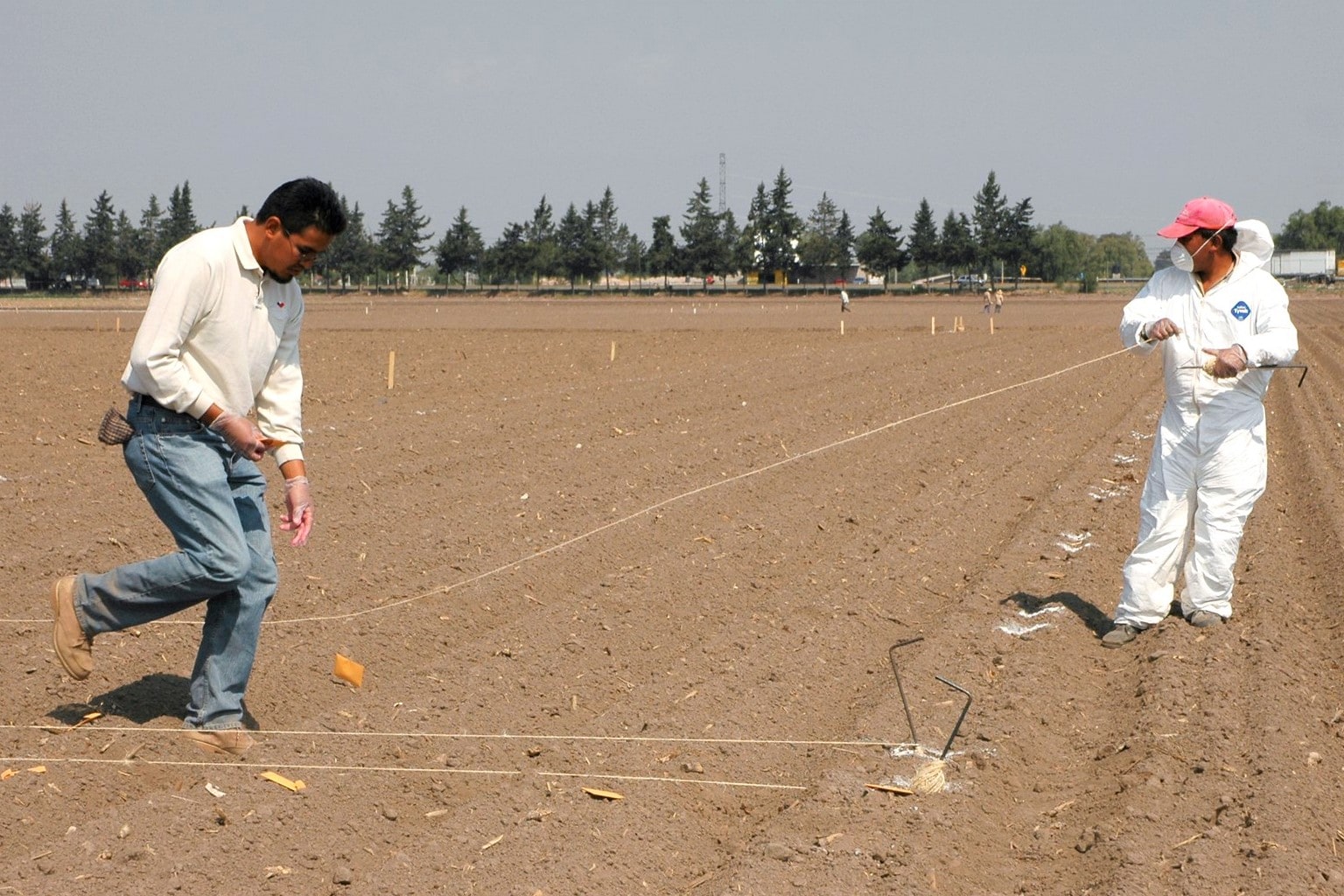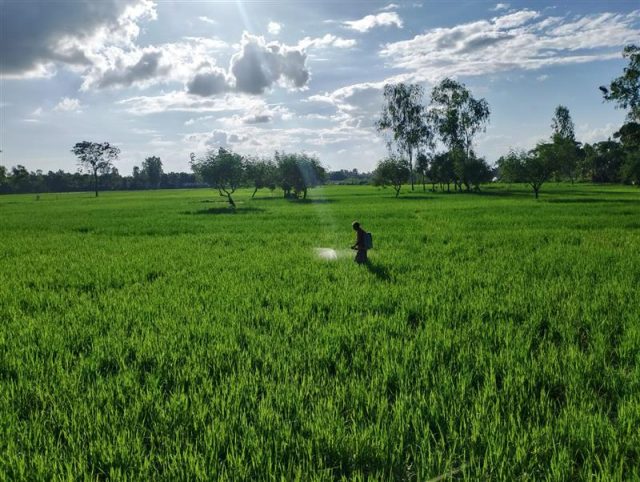Four ways One CGIAR breeding programs can walk the talk on innovation
- From
-
Published on
11.01.21
- Impact Area
-
Funders
Australia, Gates Foundation, Germany, United Kingdom, United States of America

By Hugo Campos and Michael Quinn
In the face of accelerated climate change, COVID-19 and growing populations, breeding at One CGIAR has a chance to lead the way towards food security. But to achieve that, breeding programs need to consider not only genetic and scientific progress, but also applying some innovation tenets to deliver according to expectations – namely, enhanced genetic gains and varietal turnover in smallholders’ fields. How can we use some innovation concepts to more effectively attain such demanding goals?
In a just-released book The Innovation Revolution in Agriculture: A Road Map to Value Creation, innovation is defined as “significant, positive change”. It means creating value, not just for the customer, but also for society. In breeding, innovation can lead to positive change like more affordable food and stable income for farmers, as well as improve food security through biofortification delivering several essential nutrients in a single variety. It can also offer more environmentally sustainable cropping options. For example, rice bred specifically to be sown directly from seed (rather than needing to be transplanted) enables farmers to reduce methane emissions and water use.
The book explores many factors that drive innovation. Four stand out as key to breeders, and perhaps to other scientists as well:
1. Focus on the customer and their “Job to be Done”
Because of our training, some breeders and scientists dislike using the word “customer”. But referring to farmers as customers forces us to immediately think about serving their needs. CGIAR Excellence in Breeding (EiB) is investing in helping One CGIAR breeding efforts be more customer-driven, and to acquire a more granular understanding of their market segments and customers (e.g. farmers, processors, city dwellers). This is not only the right thing to do, but is also deeply rooted in a core principle of innovation: successful innovation efforts are built on an understanding of the needs of its customers, and their Job to be Done (JTBD). The closer the alignment between breeding pipelines and market segments, the higher the impact of breeding and its ability to serve customer’s needs.
Related news
-

New Genomic Discovery from ICRISAT Could Save Farmers Millions by Preventing Groundnut Sprouting Before Harvest
International Crops Research Institute for the Semi-Arid Tropics (ICRISAT)02.12.25-
Food security
-
Poverty reduction, livelihoods & jobs
Breakthrough study identifies varieties and key genes to halt sprouting before harvest in groundnut …
Read more -
-

Cultivating climate-smart rice: How specific cultivars and smarter fertilizing can cut emissions and maintain yield
International Rice Research Institute (IRRI)19.11.25-
Climate adaptation & mitigation
-
Food security
By Bushra Humaira Sadaf A team of researchers from the Bangladesh Rice Research Institute (BRRI), I…
Read more -
-

Australia partners with International Livestock Research Institute to upskill researchers from Africa and Asia
International Livestock Research Institute (ILRI)13.11.25-
Food security
-
Poverty reduction, livelihoods & jobs
Australia has joined forces with the International Livestock Research Institute (ILRI) to support th…
Read more -
